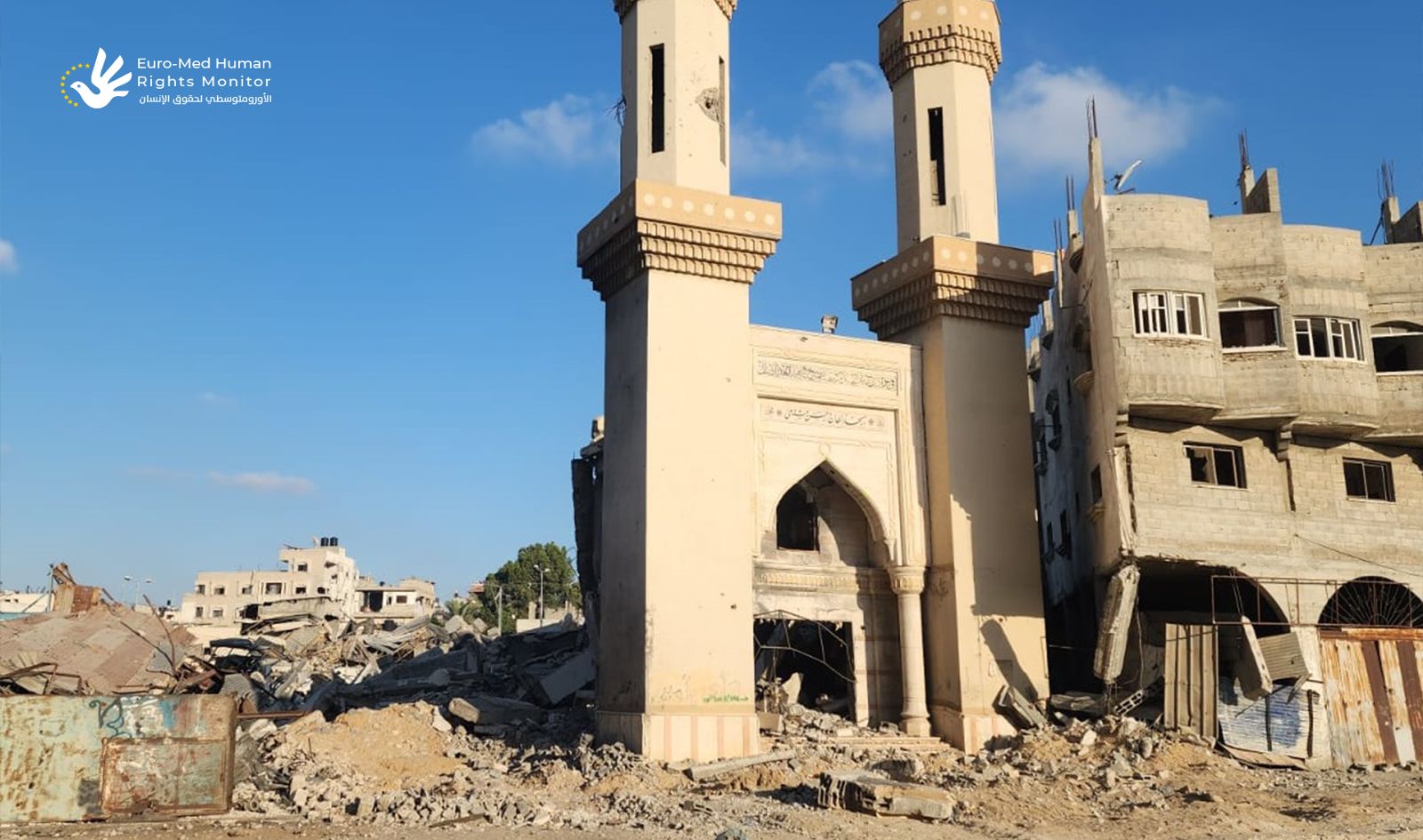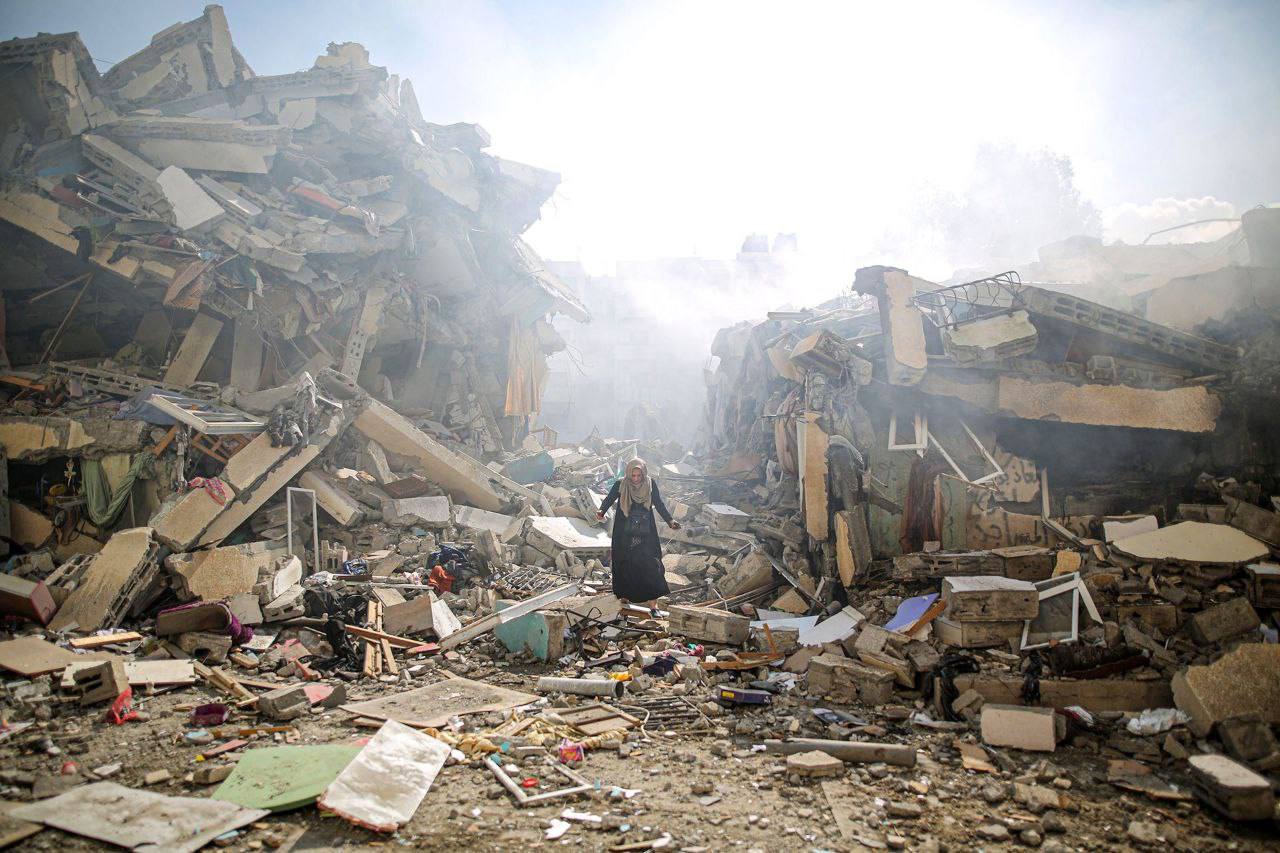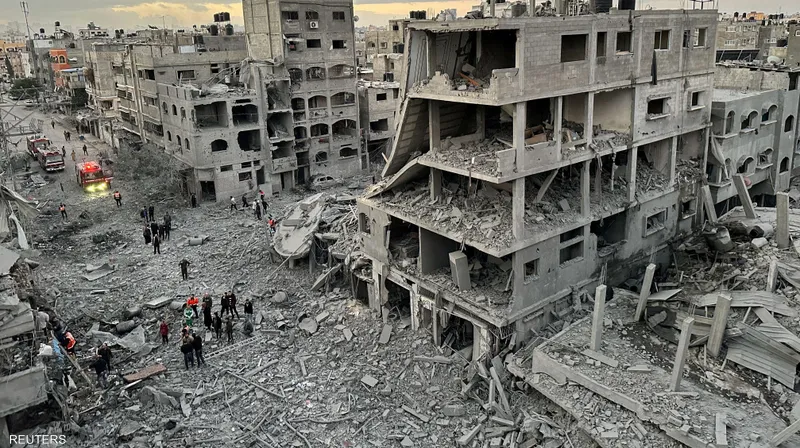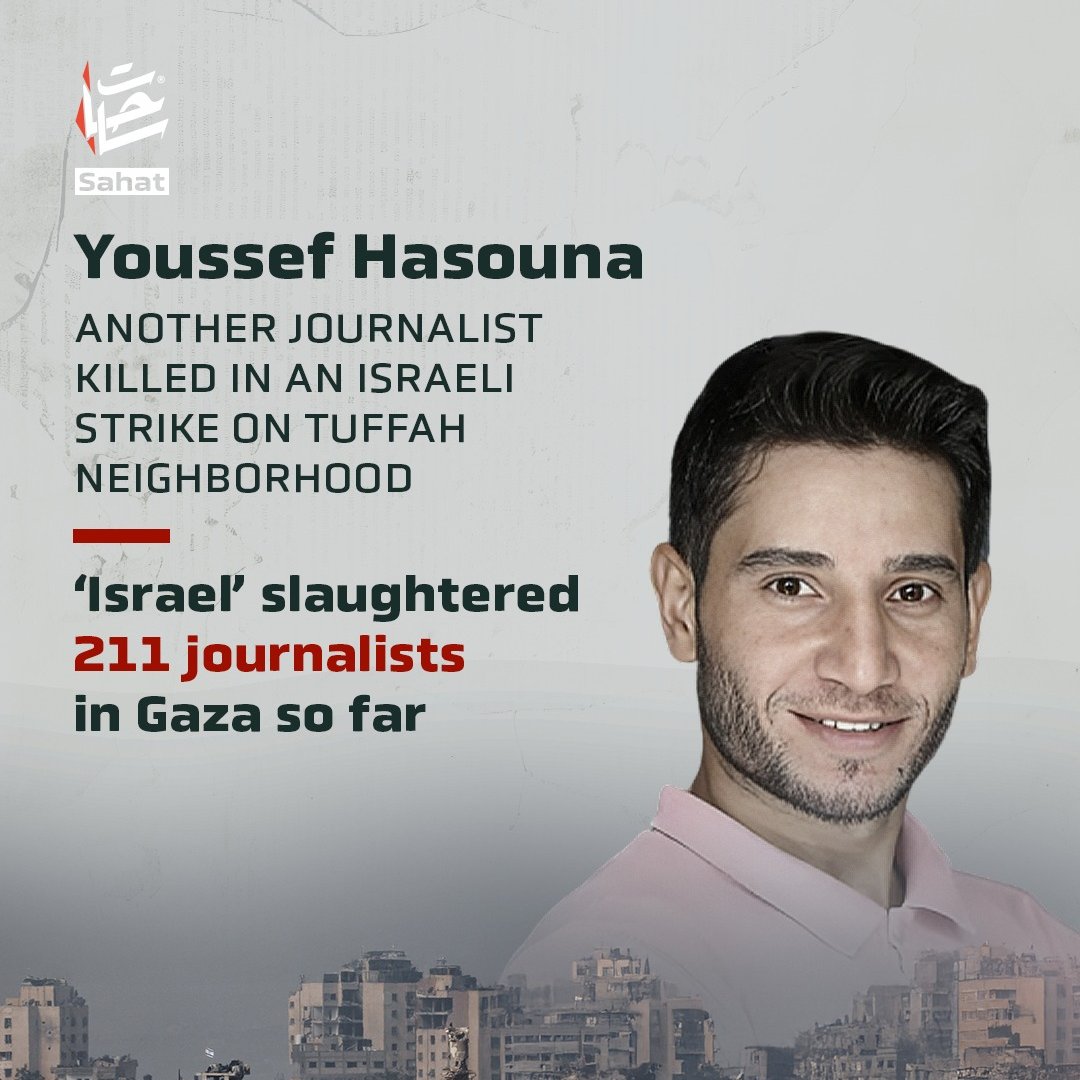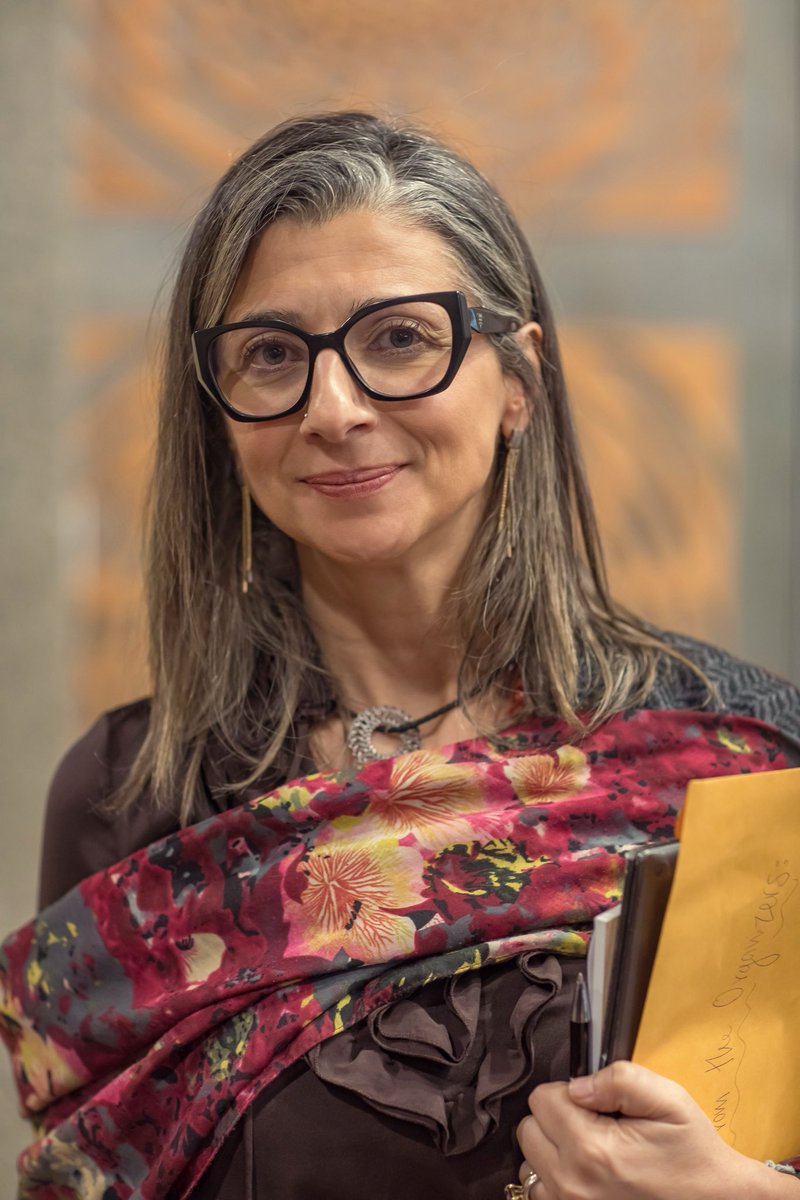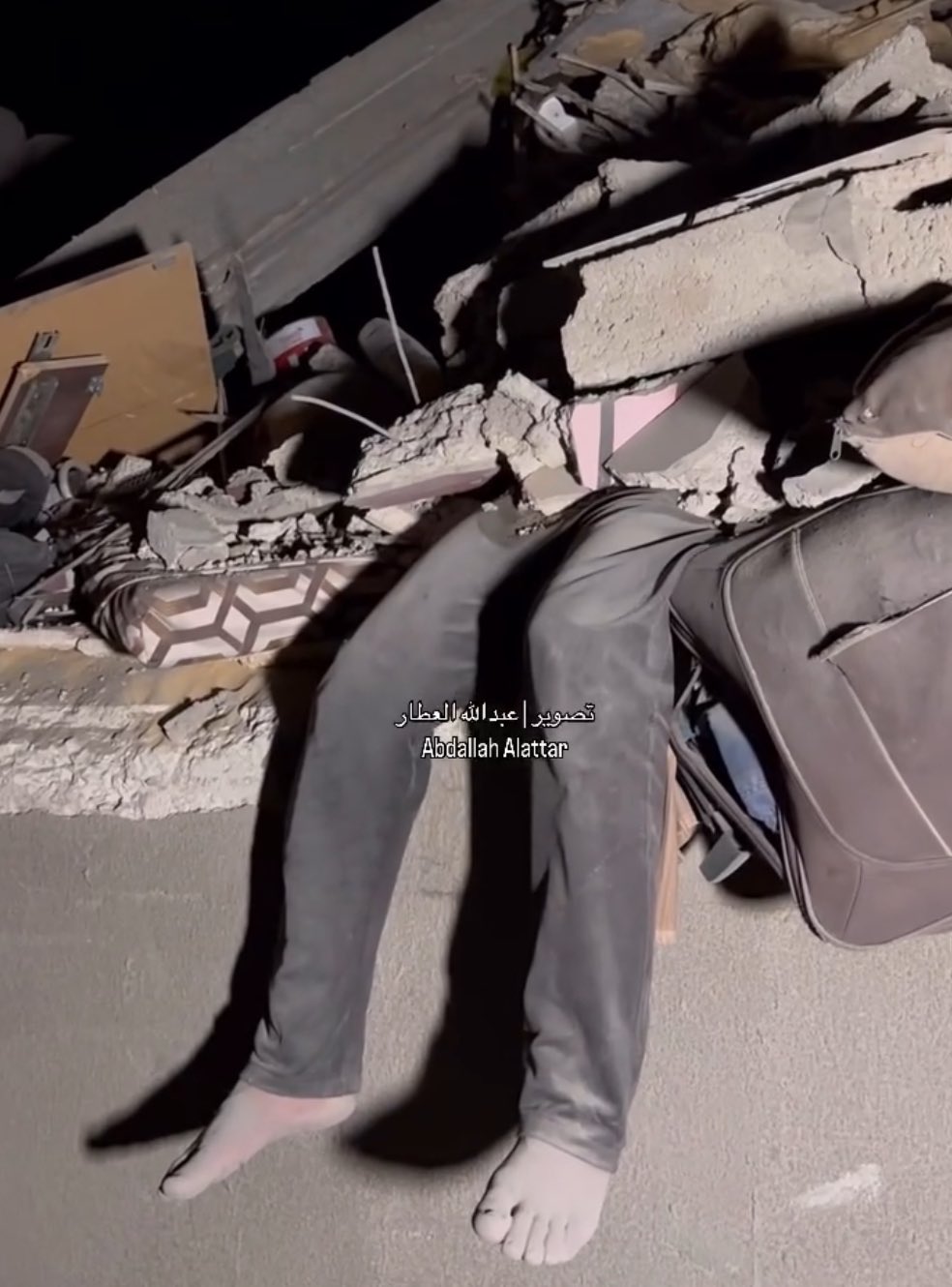The hospital bears the name of one of the leaders of the Palestinian revolution and the most prominent symbols of the Fatah movement
– Since the start of the military operation in northern Gaza on 5 October, the hospital was subjected to dozens of attacks
– The hospital director said the Israeli army treats this health facility as a “military target”
In the heart of the town of Beit Lahia in the northern Gaza Strip, where the Israeli army is committing crimes of genocide and ethnic cleansing, the Kamal Adwan Hospital continues to operate with minimal of capabilities as the last stronghold of steadfastness in the face of the Israeli war machine.
The hospital bears the name of one of the leaders of the Palestinian revolution and the most prominent symbols of the Fatah movement, and constitutes a last resort for patients and the wounded in the north who have not found an alternative that provides them with the minimum of medical and humanitarian services.
Since the Israeli army’s attack on the northern governorate on 5 October, which coincided with a comprehensive military siege, the hospital has been subjected to dozens of targeting operations with missiles and gunfire, as a health official said the Israeli army treats it as a “military target”.
Despite this, the hospital’s medical staff, consisting of two doctors at most and a small number of nurses, continued to perform their humanitarian duty, and refused to obey the army’s multiple orders to evacuate its buildings and leave the governorate despite the ongoing crimes against them.
Beit Lahia, like many other parts of the Gaza Strip, was subjected to a policy of “urban annihilation” of its architectural and cultural fabric through the implementation of comprehensive erasure operations and the complete destruction of homes, residential neighborhoods and infrastructure, and the elimination of the means of survival for Palestinians, according to a statement by the Euro-Mediterranean Human Rights Monitor.
The Kamal Adwan Hospital, the largest hospital in the Northern Governorate, which used to provide services to more than 400,000 people, is currently operating under conditions and lacking capabilities due to the Israeli targeting of it since October 2023, which Anadolu Agency monitored as follows:
Since the beginning of the war, the Israeli army continued to launch intensive raids on the hospital’s surroundings, in addition to blowing up buildings and residential areas next to it, which resulted in much damage in addition to deaths and injuries inside and outside the hospital.
– 14 October: An Israeli warning to evacuate the hospital of displaced persons, medical staff and patients.
– 4 December: An Israeli bombardment of the northern gate of the hospital results in the killing of 4 Palestinians
– 6 December: The Gaza Ministry of Health announces the forcible removal of Kamal Adwan Hospital from service and “with tank muzzles”.
– 8 December: Israeli tanks besiege the hospital, and army snipers climb onto surrounding buildings and fire towards the courtyards and patients’ rooms.
– 12 December: The Israeli army stormed the hospital after a tight siege and forced about 2,500 displaced people to evacuate the hospital after two days and arrested a number of medical staff
– 16 December: The army withdrew from the hospital after destroying the southern part of it, displacing the displaced people inside it, abusing its patients and suppressing the medical staff
– Mid-January: Kamal Adwan Hospital partially resumed operations according to human rights reports
– March: Dozens of children died, some of them in Kamal Adwan Hospital due to famine in the north and a shortage of medical supplies and medicines.
– 19 May: The hospital went out of service again after heavy Israeli shelling targeted its surroundings and army vehicles advanced towards it and besieged it for days
– 28 May: Israeli shelling of a building in the hospital and the destruction of the electricity generators inside it.
– June: The hospital partially resumed operations with limited medical facilities and supplies
– 8 October: The Israeli army orders hospitals in the Gaza Strip, including Kamal Adwan, to evacuate within 24 hours, amidst a siege by military vehicles
– 19 October: The Israeli army shells the entrance to the Kamal Adwan Hospital laboratory, killing a Palestinian and wounding others
– 20 October: The Israeli shelling of the hospital resumes, and heavy gunfire is directed at its buildings, targeting its water tanks and electricity network
– 22 October: Israeli warnings to evacuate the hospital are renewed
– 25 October: The Israeli army storms the hospital and detains hundreds of patients, medical staff and displaced persons who have taken refuge inside its buildings
– 26 October: The army withdraws from the hospital, leaving behind Palestinian deaths and widespread destruction inside and outside, a day after storming it
– 31 October: The Israeli army shells the hospital, burning medicines and medical supplies it received from the World Health Organization days earlier
– 3 November: Israeli artillery shelling injures a number of children in the hospital’s nursery and shooting at its generators and water tanks
– 4 November: Israeli shelling of the hospital’s facilities and the injury of a number of Palestinian medical staff and patients
– 6 November: The death of wounded due to the lack of surgical specialties in the hospital, which began operating without electricity due to a lack of fuel
– 11 November: An Israeli drone shelled the hospital’s reception and emergency department, injuring 3 medical staff
– 22 November: Renewed Israeli shelling of Kamal Adwan Hospital, injuring a doctor and patients, and disrupting the electricity generators and the oxygen station
– 3 December: Israeli shelling of the hospital with bombs launched by “Quadcopter” drones, injuring 3 medical staff
– 4 December: The army shelled the hospital four times and the oxygen station stopped, threatening the lives of patients inside it
– 5 December: The Israeli army targeted the hospital several times, killing two Palestinians, one of whom was a child, and injuring two others
– 6 December: The Israeli army stormed the hospital for hours and forced Patients and medical staff evacuated and a number of them were arrested
– 7 December: The Israeli army targeted the hospital with a number of shells, resulting in the injury of medical staff and patients, the destruction of water, oxygen and fuel tanks, a power outage and the outbreak of fires in its facilities
– 14 December: Explosive robots were detonated in the vicinity of the hospital, damaging its buildings and causing panic among patients and displaced persons
– 16 December 16: Israeli Quadcopter drones targeted the hospital

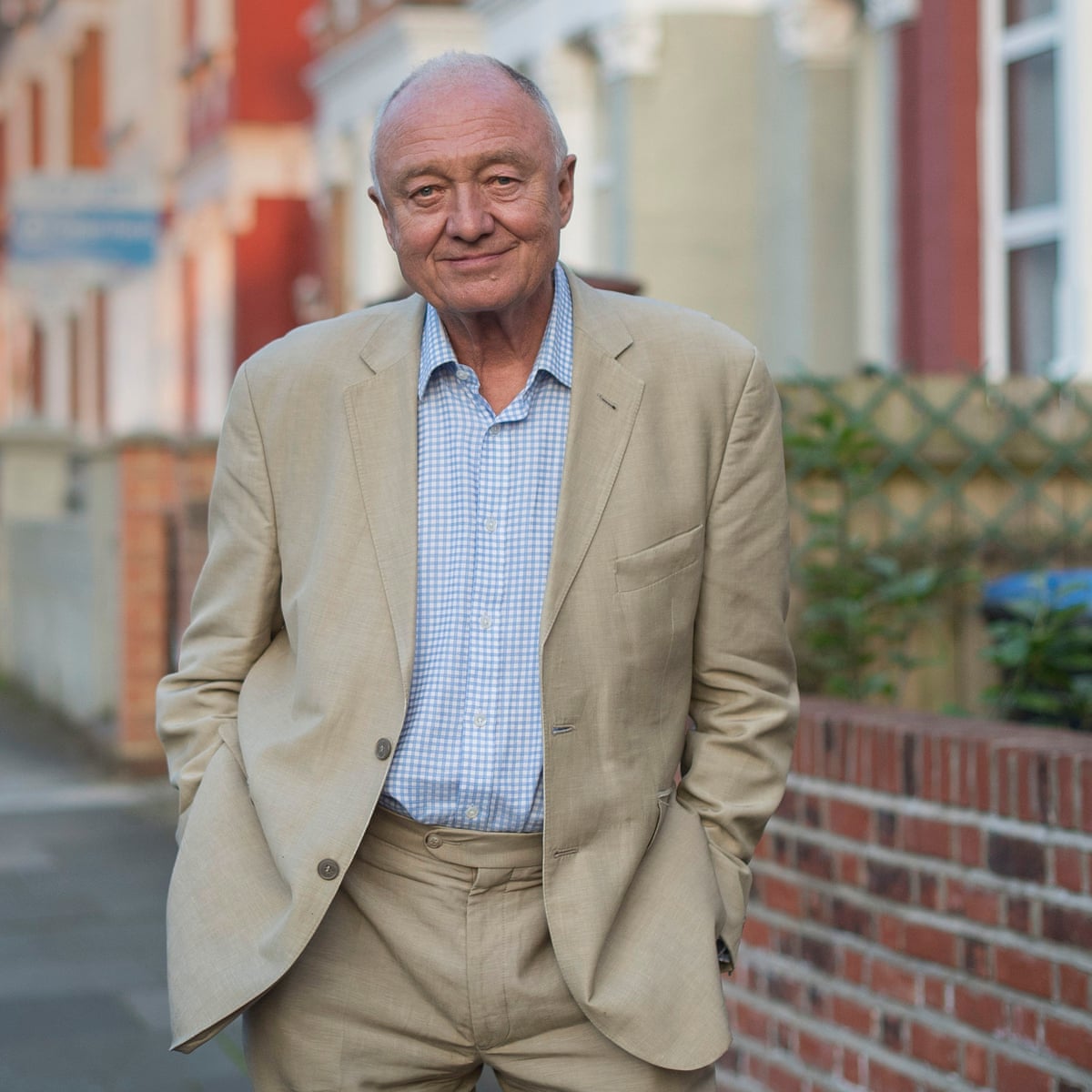
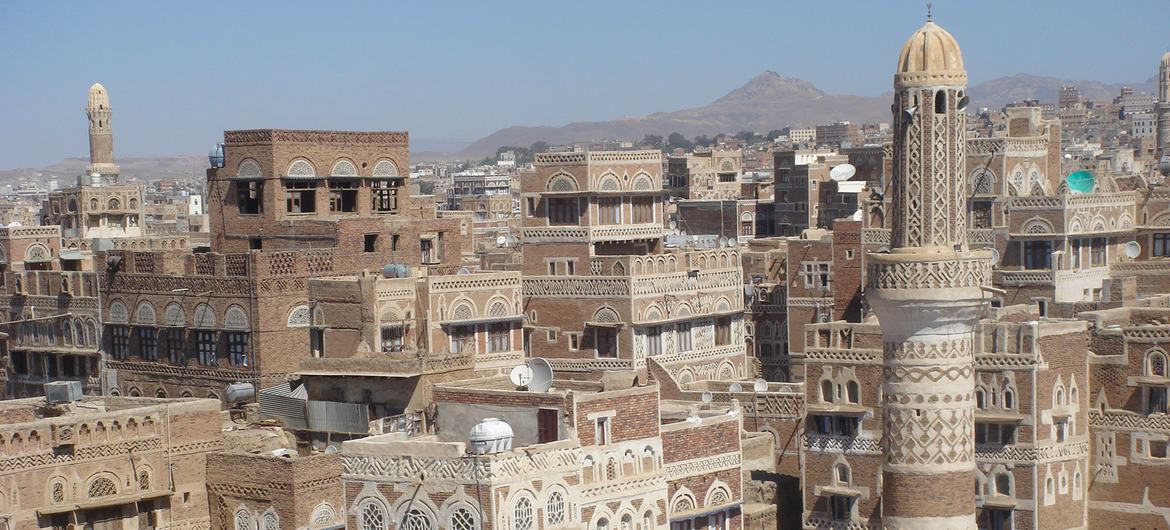
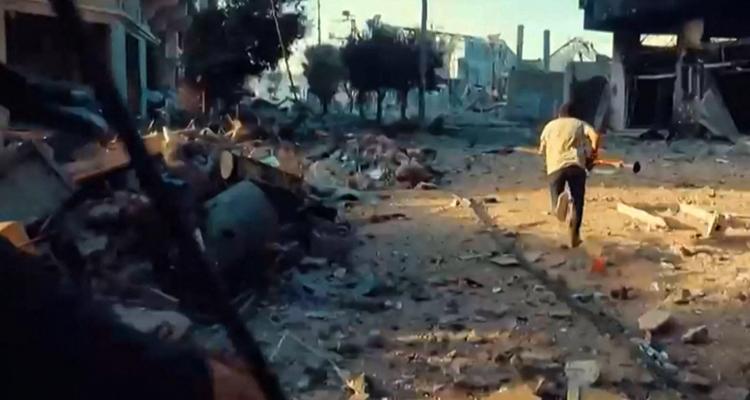
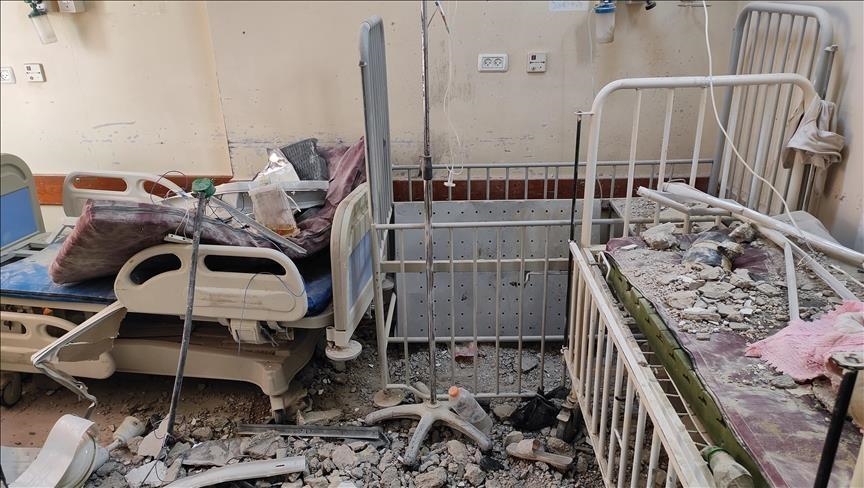
 (@EmanQasim)
(@EmanQasim) 